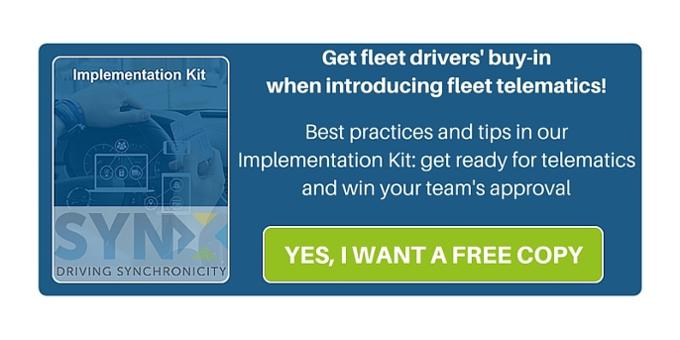
As a fleet manager, or whoever is responsible for managing a fleet of vehicles, you might think your job begins with assigning tasks and routes to drivers and ends with checking bills and fleet costs. But the point we are always trying to promote is that there is often an underestimated ingredient which could make your fleet recipe a real success—communication.
Communication has to be the integrating aspect of the fleet management process and it can even help fleet managers to reach their targets (one of which is of course to secure drivers’ buy-in… think what this leads to: a safer fleet, lower fuel consumption and so on).
Internal communications are often associated with negative thoughts about boring meetings… or drivers immediately assuming someone is going to point the finger at them. But it is actually different if you can transform those meetings into something pleasant which can eventually help you make drivers feel more involved and then depend on their help to reach your targets.
Let’s have a look at how you can leverage communication to empower your staff and fleet!
#1 - Regular meetings to receive driver feedback
Every driver can usually think of something that has been difficult, that has been very satisfying or anything that happened during the week while driving that might be of interest to colleagues and still relevant to the job. The object of the exercise is to share and receive feedback from the others and the fleet managers so as to prevent future mistakes. Drivers will feel more involved if space can be found for them to present their issues.
#2 - New hires
When there are new hires, you can use the time spent on introductions to point out who the available people are to ask in case of any doubts, and also to update them regarding the latest news from the feedback meeting.
#3 - New vehicles
Introducing new vehicles is something that a lot of companies do not actually utilise as a strategy, but it can really make the difference in helping to prevent issues and making the staff feel more enthusiastic by being engaged in the whole process and, therefore, hopefully more motivated.
#4 - New tools
In this last point we want to concentrate on something that is often a source of worry for anyone in charge of a fleet—the introduction of fleet telematics. Just like any other new tool we recommend open communication with your staff, space for explaining and clarifying any doubts the team might have… and setting up a competition with prizes or a game in order to enhance motivation—this is something we at Transpoco can do for you!





